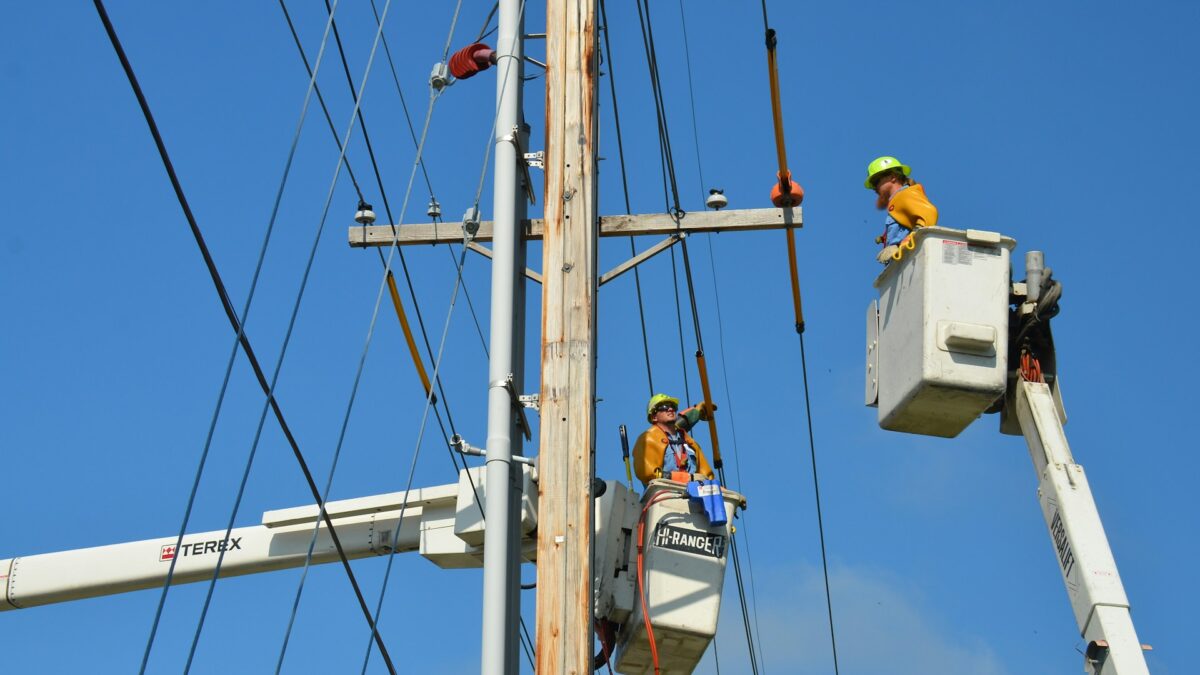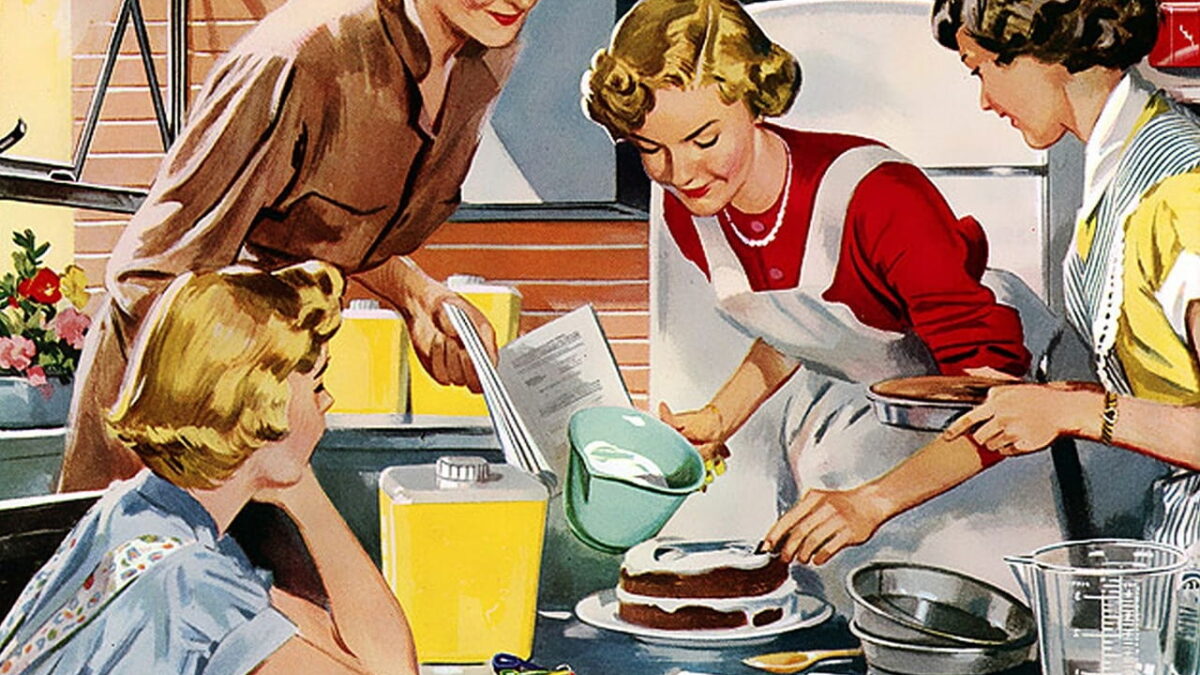
The Women’s March on Saturday after President Trump’s inauguration had an impressive collateral damage radius. Marchers exposed many fractures within the women’s movement, feminist or not, female or not, and many more. One would have to be completely Internet-free to have missed the many scabs the march picked.
It also spawned a spinoff. This Wednesday, March 8, is to be a day without women.
Aging Boomer feminists seem nostalgic for the days when they rallied for housewives to go on strike. But we no longer live in the early ’60s. Despite the incessant complaining about women’s disadvantages, women are now all over the economy and have more responsibilities—nay duties—to others beyond identity politics loyalties.
Then there is the question of what to do about the nation’s children. For instance, if the teachers across the country strike, then what will feminists with school-age kids do? Will striking women of means with young children allow their nannies to strike? Or will nannies remain the invisible paving stones of modern professional women’s path to success?
A striker might retort something about father care. I don’t entirely object. I do wonder, however, what the January Jones-type woman, who believed all the peddled arguments about not needing fathers around, will do. And I note that this protest is during the week, and thus requires fathers to take a day off to care for the children. The strikers’ obvious goal is to achieve massive ripple effects in the economy—no one works when women don’t work!—but I do not think the ripples will have the effect they desire.
Many of modern women’s limitations are self-inflicted by the reigning feminist movement, and there was enough self-inflicted-wound exposure for the Saturday protest.
Dads as Doofuses in Both Culture and Law
If you recall from six weeks ago (news cycles of the Trump administration have been so fast and loud, one can be forgiven for having forgotten) the New York Times, that paper of record of all the news that’s fit to print, ran a story about posh dads left at home to bumble through a day of caring for their children while their children’s mothers marched. Another piece in the “narratives seeking facts” style popular in modern reporting, the little ditty of an article did not go over as planned. The editor responsible tweeted out an apology a few days later.
Among the objections to the NYT, Slate posted a reply. The author wasn’t concerned, as many readers likely were, that the NYT had insulted dads’ dedication or competency, or that they continued the firmly set narrative that childcare is a dirty job not even worthy of a Mike Rowe to defend its honor. The reply focused on the assumptions about mothers and how we won’t find stories congratulating women for handling the majority of childcare.
She’s not wrong about that, but she and most others, misplace blame: “As long as women are still the default homemakers and caregivers—a reality perpetuated by the gender wage gap and policies that deny men paid family leave—they have less independence and energy to devote to personal lives, careers, and political advocacy.”
Yes, that is the narrative. Women’s default caregiver status is the result of unequal wages — a factoid that has been repeatedly debunked yet persists — and lack of a federal family leave policy. In truth, the main perpetuator of women as default caregivers is family law, specifically custody law in the case of divorce.
In U.S. courts, the overwhelming majority of physical custody awards is to mothers, with fathers getting “visitation” and “secondary parent” designations. These are just the sort of cultural habits that lend themselves to entrenched assumptions which then lead an editor and freelance writer to a complete humor miss about doofus dads. It is feminist organizations, not patriarchy, that preserves them.
A Brief History of Custody Laws
“With mothers and in the house” has been the standard since the 1970 Uniform Marriage and Divorce Act.* Attachment theory had risen in popularity in academic circles for a few decades and due to women’s assumed roles, attachment studies looked at mother and child bonding first. When the divorce boom hit and courts suddenly had to negotiate child custody arrangements on a large scale, mother-child bonding was the study data the courts had. (Scroll down in link to “The Ecology of Attachment” for a brief discussion of the lack of studies outside of the mother-child relationship.)
Not only did those available studies and assumptions about maternal care set women as caregivers, but also feminist theory about spousal support made mom-as-primary-caregiver necessary.
If you recall from my previous feminist history explainers, the Second Wave feminists, led by Betty Friedan, worried that ’60s housewives would not be motivated enough to move into higher education and professional life. (They were depressed in suburbia, but not that depressed.) The women leaders worried that women would not act when the opportunity presented, which is why Friedan called the suburban home a “comfortable concentration camp.”
The Second Wavers felt they had to jolt women into action. Denigrating family and housewifery was one of those jolts. Removal of spousal support was another.
If newly liberated women only jettisoned their husbands but continued living on his paycheck, they wouldn’t enter the workforce. So feminists led an effort, a largely successful one, to end spousal support. The Uniform Marriage and Divorce Act of 1970 was part of that effort. They also lobbied for state law changes.
As one might imagine, completely eliminating spousal support was a draconian measure for the 40-something woman with children who had not worked in 10-20 years and may not have a bachelor’s degree. Compassionate courts and regretful feminists started disguising spousal support as child support in the 1980’s. Since child support depends greatly on who has physical custody, mothers retaining primary physical custody became essential. And no coincidence, I’m sure, but the 80’s supercharged the doofus dad trope.
By the time the law started making provisions for spousal support in long-term marriages — see the Chicago Tribune, 1986, “Feminists Call for Change In Feminist-Backed Alimony Laws” —assumptions about mothers as primary custodians of children were well set.
Thus, as women sought to break out of domestic roles, family law ensured they would stay in those roles, husband or not, for decades to come. (A couple of years ago, I called the “confidence gap” one of feminism’s self-inflicted wounds. The alimony fiasco is another.)
The Truth About Dad Care
Researchers started studying father and child relationships in earnest in the late 80’s. Four decades later, researchers at least know the many and significant problems father absence can cause, as well as what level of participation primes the risks.
When the public thinks of fatherlessness, we tend to think of completely absent fathers, the type predicted with eerie accuracy by the 1965 Moynihan Report. But the studies show the litany of heightened risks for kids appear when father time drops below about 33 percent, which is higher than “every other weekend and one weeknight” contemporary family law sets as a matter of course.
As the data on how dads matter accumulated, fathers have struggled for their children. Their root struggle has been against assumptions of incompetency, that mothers are better at this caregiving stuff, just like in the “funny” little NYT story.
I know it is not the preferred narrative of paid family leave, but if, in those instances when a marriage dissolves and the ideal partnership is no longer an option, family law addressed parent time according to the best interests of the children, not only would the children benefit — which should be reason enough — but also, women and their careers would benefit. (Oh, and the men left bereft by their broken connections with their children too.)
It is past time we let go of our assumptions about only mother care will do. But a strike symbolically protesting theoretical federal policy won’t do that. Advocate for family law reform in your home state. In fact, 25 states have some form of divorce and custody reforms pending.
Work on Wednesday, and maybe spend an hour learning about those state reforms. In the long run, that will be far more effective for equality than striking.
*Uniform acts are model laws drawn up by the Uniform Law Commission in an effort to standardize laws across the 50 states.









